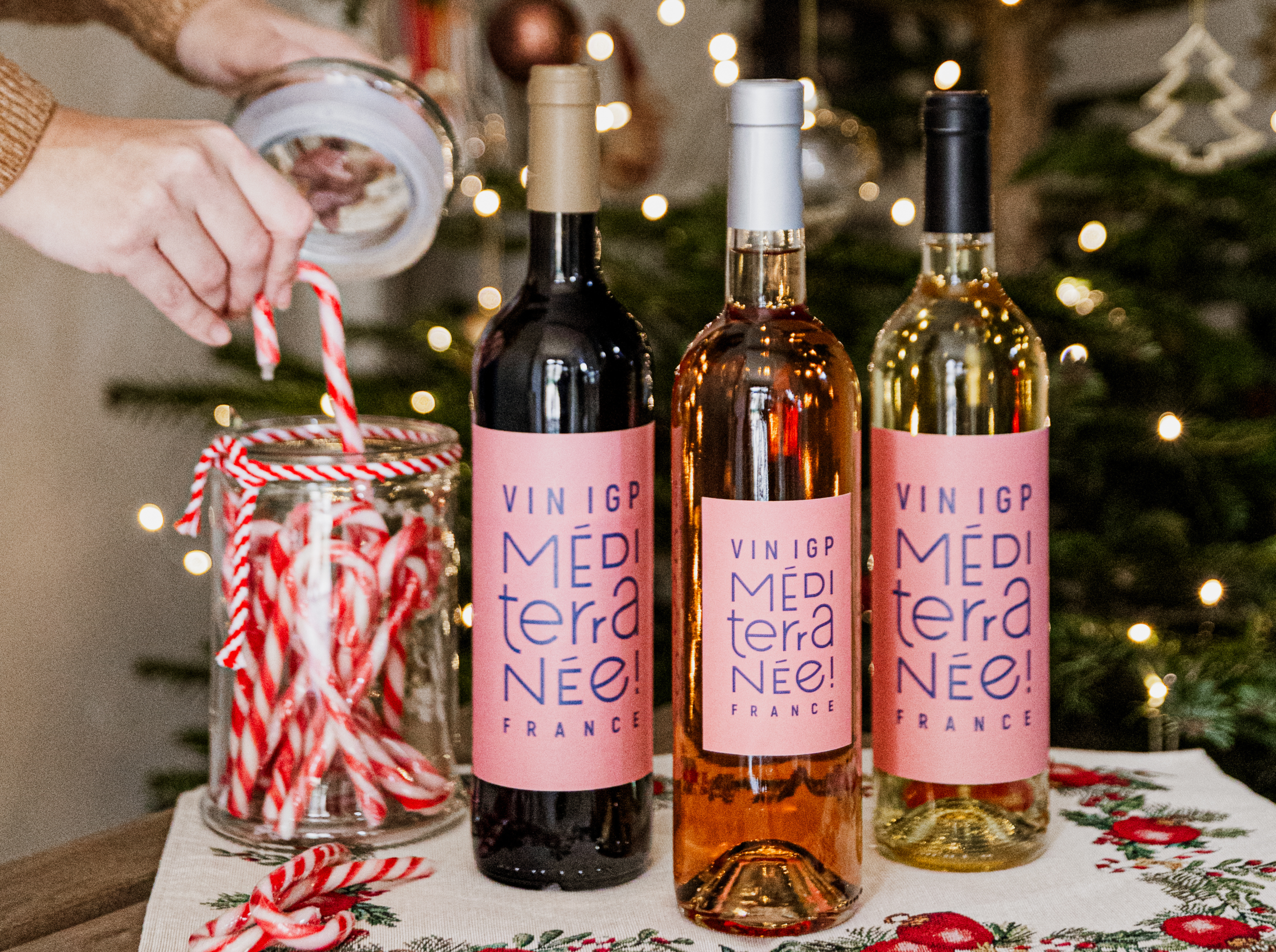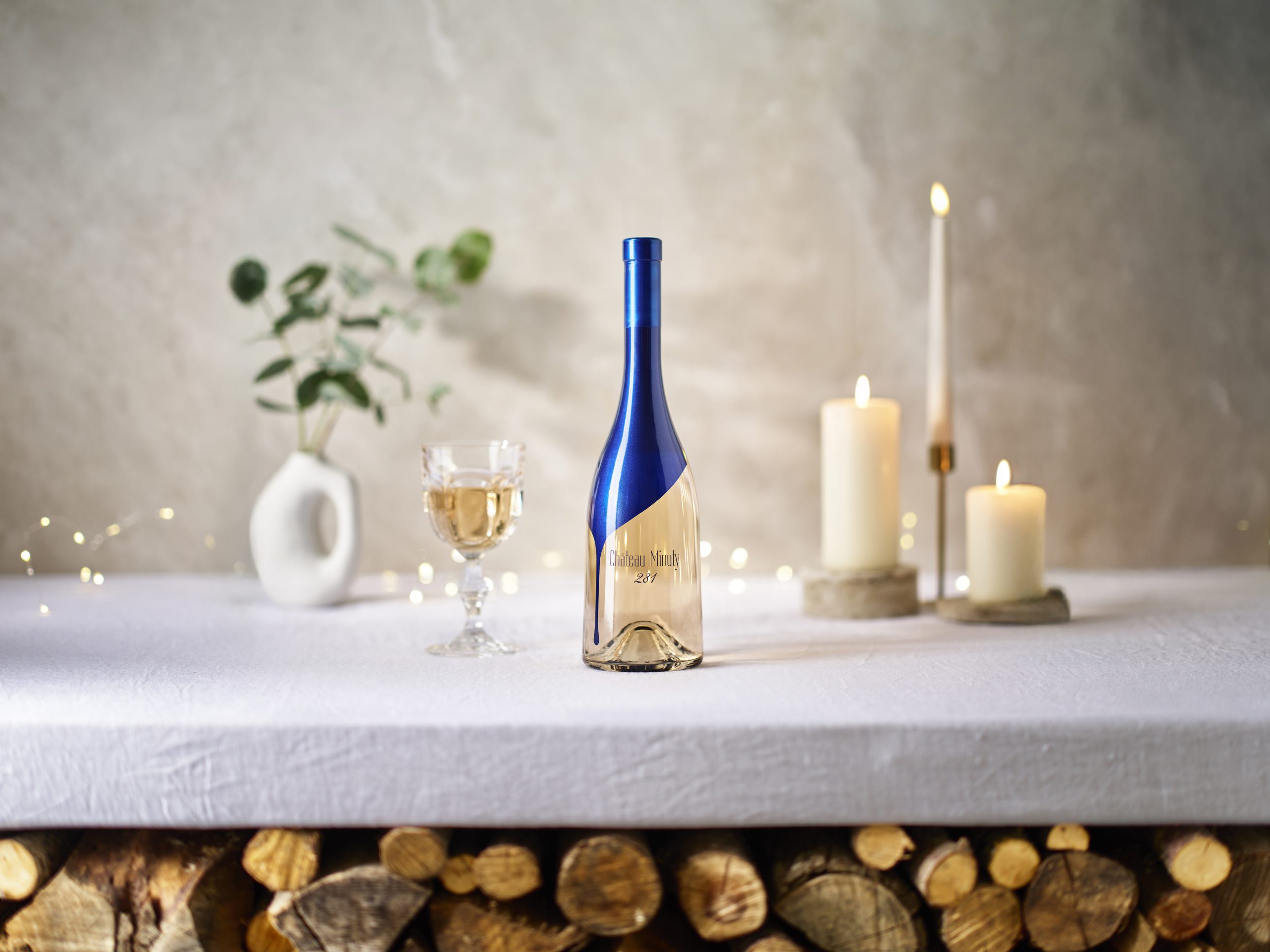Top 6 consumer drinks trends of 2018
Waitrose has released its annual food and drinks trends report for 2018, which highlights the rise of mindful eating and drinking in the UK.
The report is based on a consumer research poll conducted on over 2,000 people of all ages in Britain. Our increased interest not only in our own health, but of the health of the planet, is shaping our approach to food and drink, and influencing what we consume.
We’ve woken up to the fact that our natural resources are precious and are more aware than ever of the need to look after our environment by doing simple things like reducing our use of plastic. According to Waitrose, a whopping 88% of us have changed how we use plastics after viewing the final episode of Sir David Attenborough’s powerful Blue Planet II.
As we’ve seen with wine in recent years, consumers are also moving towards eating lighter food during the week, while weekends remain a sacrosanct time of indulgence.
On the food front, we’ve gone wild for jackfruit, kefir, aquafaba, miso and the humble turnip, which is being used in everything from veggie meatballs to mash. We’re also eating less meat as a nation. The Waitrose report found that one in eight Brits is now vegetarian or vegan, while one in five of us is ‘flexitarian’ (semi-veggie).
2018 will be remembered as the year that vegan food went mainstream and UK restaurants have responded with increasingly sophisticated vegan offerings, and vegan-focused sites like popular New York chain By Chloe.
But how have our drinking habits changed? Click through to find out the five biggest wine and spirits trends to have taken hold in the UK this year.
Flavoured gin
This was the year that gin blushed. The pink gin category has grown rapidly, with big players Gordon’s and Beefeater entering the ring. Latching on to the popularity of millennial pink, everyone from small producers to big brands are jumping on the pink gin bandwagon.
Over the last year, the gin category has seen high-profile big-brand flavoured gin launches, kicking off with Gordon’s Pink in September 2017. This was followed by Beefeater Pink in February 2018, Tanqueray’s Flor de Sevilla in April, Tanqueray Lovage in May, and a sour-cherry gin from Italian liqueur giant Luxardo this summer.
“The gin industry is booming and there is a real appetite for new and innovative expressions that offer consumers a different drinking experience,” said Sophie Gallois, managing director of The Gin Hub, who revealed that Beefeater Pink was being targeted at young millennials.
In July Aldi launched a gin by Scottish distiller McQueen that changes colour when tonic water is added, from sapphire blue to pale pink.
Frosé
We’ve had the brosé phenomenon of metrosexual men declaring their passion for pink wine, but this year it was all about ‘frosé’ in the UK.
The trend, which started out in America, sees pink wine turned into a boozy slush puppy by freezing rosé with lemon juice and sugar.
Keen to capitalise on the fad, this summer, which, if you cast you mind back, was an absolute scorcher, Waitrose started selling frosé popsicles by Provence producer Mirabeau, made in collaboration with frozen cocktail company Lic.
Priced at £2.99 a pop, the frozen treats contain 8% alcohol and are made with Mirabeau’s classic Côtes De Provence rosé, ia blend of Syrah, Grenache and Cinsault, and also contain strawberry essence.
The boozy lollies sold like hotcakes over the summer, and visits to the frosé recipe page on the Waitrose website are up 250% on last year.
Sparkling wine
Sparkling wine continues to blossom in the UK. Industry insiders don’t see that changing any time soon, and with Brexit looming, English fizz could steal a march on its sparkling rivals on home soil.
Sales of sparkling wine in the UK totalled 35.8 million gallons last year, though there are warnings that we may have reached ‘peak Prosecco’, as the rise in total sales hit its lowest level in Britain since 2011.
Partner Content
In the interests of diversification, retailers have bolstered their fizz offerings. Exports of Crémant de Loire wine rose by 34% last year, with 3.7 million bottles sold.
Marks & Spencer meanwhile, reported a 15% rise in sales of English fizz last year. Over 120 million bottles of bubbly, worth upwards of £850 million, were sold in British shops and supermarkets last year, and that figure is predicted to grow.
Pol Roger Champagne enjoyed a boost in sales after news broke that the family-owned fizz was served at Harry and Meghan’s wedding.
Non-alcoholic cocktails
With millennials drinking less than their parents, it is no longer uncool or unusual to be t-total. In fact, one in five adults doesn’t drink alcohol.
While many of us only just manage Dry January, last year saw the launch of Club Soda, a ‘mindful drinking movement’ that aims to remove the stigma associated with not drinking in social situations.
The success of non-alcoholic spirit Seedlip, created to solve the dilemma of what to drink when you’re not drinking, proved that people no longer mock mocktails. Bartenders are taking their non-alcoholic offerings seriously, rather than treating their virgin cocktail list as an afterthought.
Ryan Chetiyawardana offers four non-alcoholic cocktails at Dandelyan on the South Bank, including the Apple Sourz-Less, made with Seedlip, peas, apples and pine syrup.
Across town, The American Bar at The Savoy serves a quintet of non-alcoholic cocktails, including the Art Deco, made with Seedlip Spice, eucalyptus, peppermint syrup, citric acid and soda water.
According to Nielsen, the value of non-alcoholic wine in the UK rose by 66% last year, while no-ABV beer showed 37% value growth.
Half bottles
As the trend for drinking less but better shows no sign of slowing, Waitrose, Aldi and Tesco responded this year with new half bottle ranges. Consumers are keen to cut down on waste and curb their midweek drinking, and half bottles fit that remit perfectly.
“Millennials in particular are more concerned about the quantity of alcohol that they drink, so we hope this new range will help them manage portion control,” said Alexandra Runciman, Tesco’s product developer for wine, at the time of the launch.
Recent data from Nielsen has found that alcohol consumption is in decline, with Brits drinking one less alcoholic drink each week on average. Waitrose was the first supermarket to get in on the smaller serves act, adding a collection of half bottles to its range last October, including a Rioja, white Burgundy and Argentine Malbec.
Canned wine
Consumers are more ethically astute than ever, leading some drinks firms to think outside the bottle when packaging their products.
Around a quarter of all beer sold in the UK last year was in a canned format, making it not only recyclable, but also portable – an ideal option for picnics in the park or trips to the beach.
Wine, too, is getting a canned makeover in the UK. Waitrose launched its own range of canned wine in June in time for festival season, a move the retailer said was inspired by the 10% rise in sales of its 187ml bottles last year.
In May new drinks brand The Uncommon released the first English wine in a can – a lightly sparkling Bacchus using grapes grown in Surrey.
Across the pond, sales of canned wine are soaring in the US, with year-on-year sales currently up 43% as consumers become more open-minded to alternative packaging for wine.




